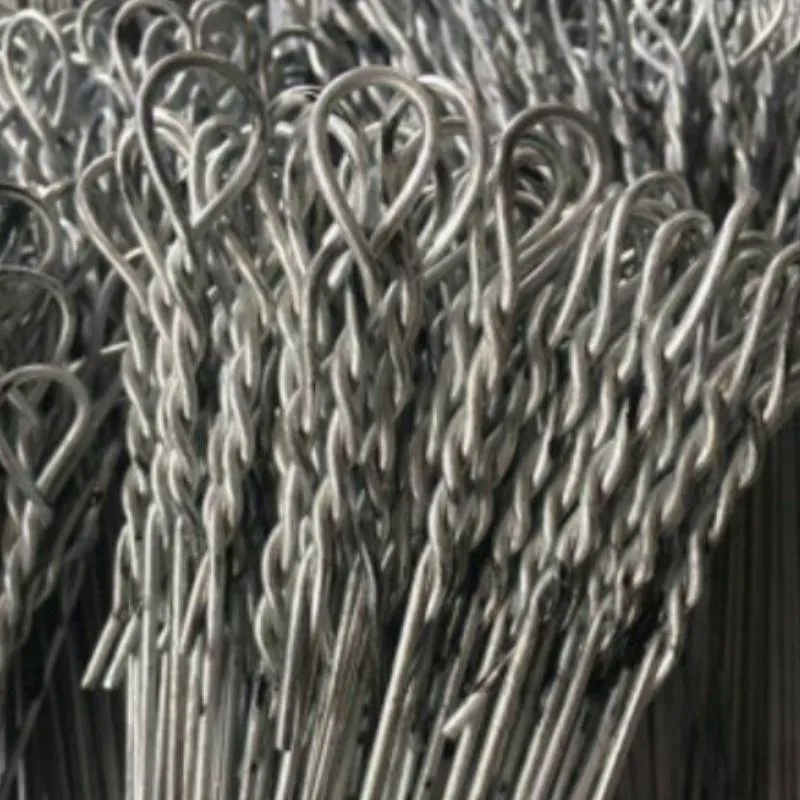-
 Phone:
Phone: -
 Email:
Email:

Exploring the Applications and Benefits of Hexagonal Mesh Wire in Modern Industry and Design
Hexagonal Mesh Wire An Innovative Solution for Various Industries
Hexagonal mesh wire, often referred to as hex mesh or hex wire, is a versatile and innovative product gaining traction in multiple industries. Characterized by its unique hexagonal shape, this type of wire mesh offers enhanced durability and strength, making it suitable for a wide range of applications, from construction to agriculture.
One of the primary advantages of hexagonal mesh wire is its structural integrity. The hexagonal design distributes weight and pressure more evenly compared to traditional square mesh. This feature is particularly important in construction, where frameworks and barriers need to withstand external forces. Additionally, hexagonal mesh wire can be produced in various thicknesses and materials, including galvanized steel and stainless steel, providing options tailored to specific load-bearing requirements and environmental conditions.
In the construction industry, hexagonal mesh wire is commonly used for reinforcing concrete structures. Its ability to provide efficient support against cracking and shifting makes it a preferred choice for foundations, walls, and pavements. Moreover, the breathable nature of hex mesh allows for effective drainage, which reduces the risk of water accumulation that can lead to structural damage over time.
Another significant application of hexagonal mesh wire is in the field of agriculture
. Farmers and horticulturists utilize this product for a variety of purposes, such as fencing and soil erosion control. The durable and flexible nature of hex mesh makes it ideal for creating protective barriers around crops, protecting them from pests and other animals. Additionally, hexagonal wire mesh can be used to create chicken coops and other animal enclosures, ensuring security while also allowing for adequate ventilation.hexagonal mesh wire

Hexagonal mesh wire is also invaluable in the realm of landscaping and gardening. The mesh can be used for creating terraced gardens, where it helps stabilize soil and prevent erosion on slopes. Furthermore, its aesthetic appeal allows it to blend seamlessly into the natural environment, making it a popular choice among landscape architects and designers. This versatility extends to various artistic applications, where hexagonal mesh wire is employed in modern sculptures and installations.
In environmental applications, hexagonal mesh wire plays a critical role in erosion control and rehabilitation efforts. It can be effectively used to stabilize slopes and riverbanks, promoting vegetation growth while preventing soil runoff. This function is vital for maintaining ecological balance in affected areas and is often favored in eco-friendly projects.
The manufacturing process of hexagonal mesh wire has also seen advancements, with new technologies allowing for increased production efficiency and precision. Automated machines can now produce hex wire with enhanced consistency in dimensions, which is crucial for applications requiring exact specifications. Additionally, coatings and treatments can be applied to enhance corrosion resistance, further extending the lifespan of the wire mesh in challenging environments.
In conclusion, hexagonal mesh wire stands out as a multifunctional material with significant applications across various industries, including construction, agriculture, landscaping, and environmental management. Its unique design provides structural benefits, while its adaptability allows for innovative uses in different contexts. As industries continue to seek sustainable and effective solutions, hexagonal mesh wire represents a forward-thinking option, promising durability, efficiency, and aesthetic appeal. As we move into the future, the relevance of this material is expected to grow, making it an exciting area for ongoing research and development.
-
Wire Mesh for Every Need: A Practical SolutionNewsJul.25,2025
-
Steel Fences: Durable, Secure, and Stylish OptionsNewsJul.25,2025
-
Roll Top Fencing: A Smart Solution for Safety and SecurityNewsJul.25,2025
-
Cattle Farm Fencing Solutions for Maximum SecurityNewsJul.25,2025
-
Affordable Iron Binding Wire SolutionsNewsJul.25,2025
-
Affordable Galvanized Wire SolutionsNewsJul.25,2025
-
Wire Hanger Recycling IdeasNewsJul.25,2025








